Boasting some 2,000 miles of coastline plus a handful of renowned island destinations, Vietnam naturally has no shortage of beautiful beaches. Sure, you could just stick to cities, what with the colonial architecture and history of Hanoi, the imperial charms of Hue, and the bustling nightlife of Saigon. But you’d be remiss to plan a Vietnamese vacation without hitting the water at least once—plus, most cities are just a day-trip from the coast, if not on the coast already.
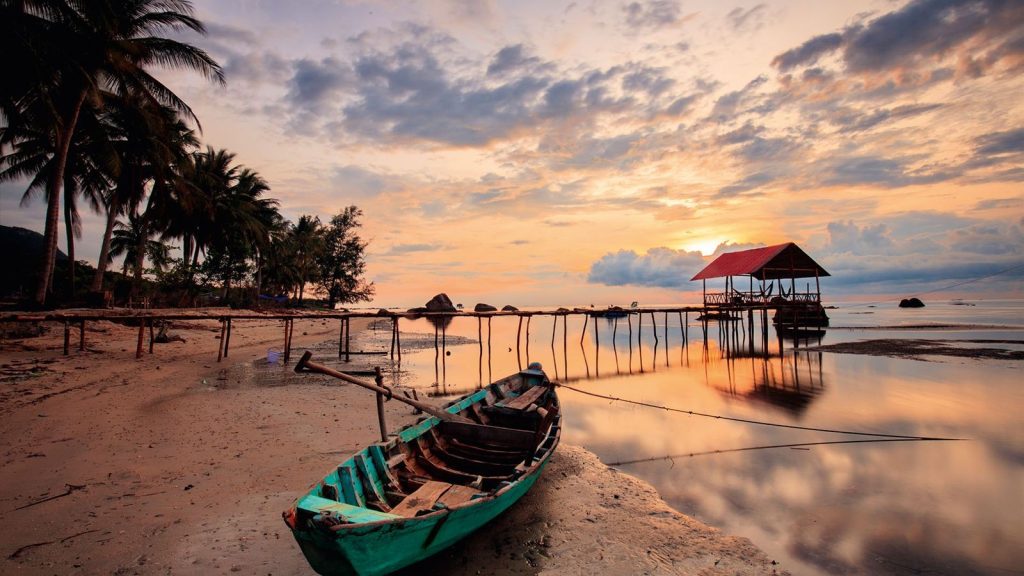
We’ve put up a list of Vietnam’s top beach destinations to aid in your decision-making. Here are the best locations in Vietnam to enjoy the surf, sun, and sand, from the Ha Long Bay shoreline to the Mui Ne rolling dunes and the island escapes of Con Dao and Phu Quoc.
Con Dao
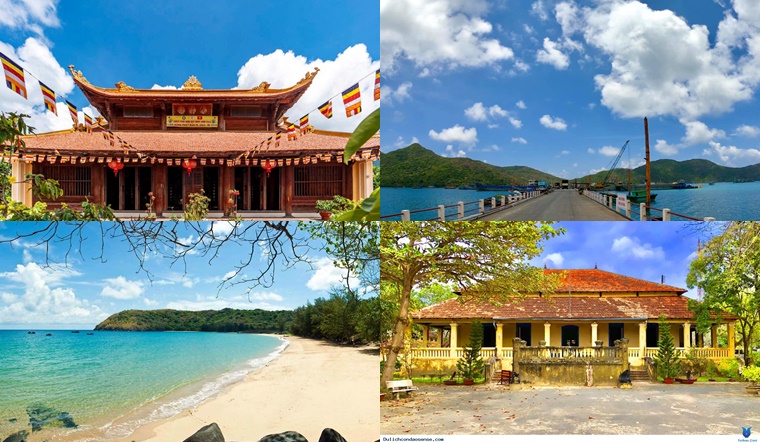
Con Dao is actually an archipelago of 16 islands off the southern coast of Vietnam, despite the fact that it is frequently referred to as a single island. Con Dao, formerly the location of cruel French prisons, is today renowned for its coral reefs, abundant marine life, and plush sandy beaches. Local inns, cheap lodgings, and a few upscale resorts can be found on Con Son, the major island, including the Six Senses Con Dao, which provides access to the stunning Dat Doc Beach. The serene Lo Voi Beach is located north of Con Son town (and is not bordered by any hotels). Nature enthusiasts also travel to the beaches of the neighboring Bay Canh island beyond the main island to see the annual releasing of newborn sea turtles.
Ha Long Bay
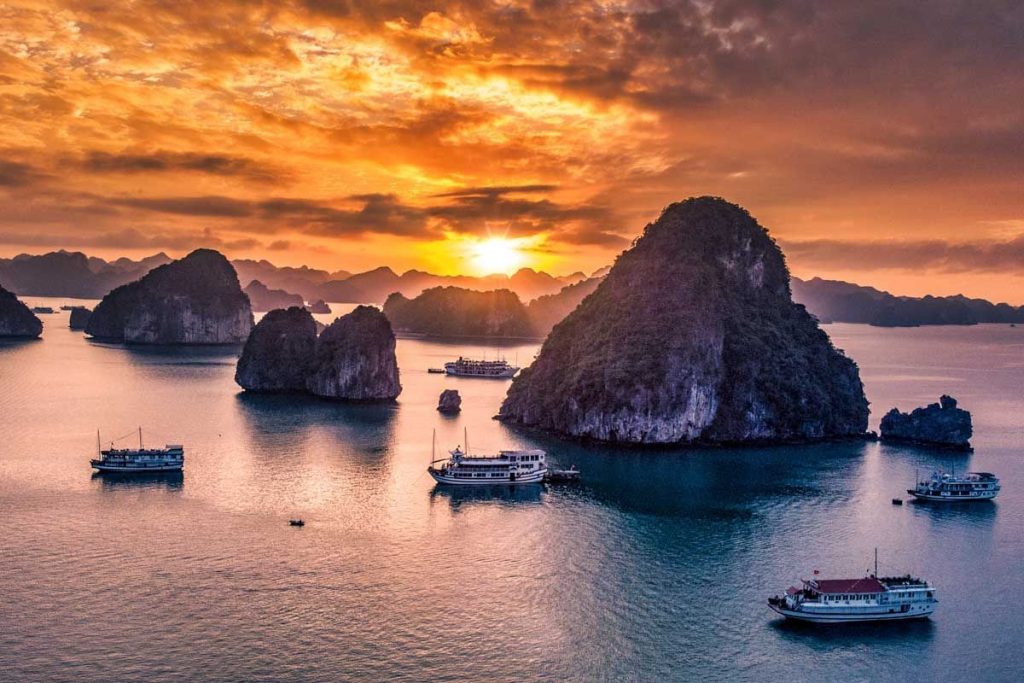
This UNESCO World Heritage Site is a short, totally worthwhile day trip from Hanoi that takes the bus for about four hours each way. Although Ha Long Bay is most known for its iconic limestone outcroppings, it also has a variety of beaches, the most notable of which is Bai Chay, an artificial structure that draws in the majority of visitors. Take a boat journey to Ti Top Island, an island in the middle of the bay with its own beach, for the entire experience. Visit the less-traveled, white-sand-filled Ban Chan beach if you have the time to extend your trip overnight.
Phu Quoc
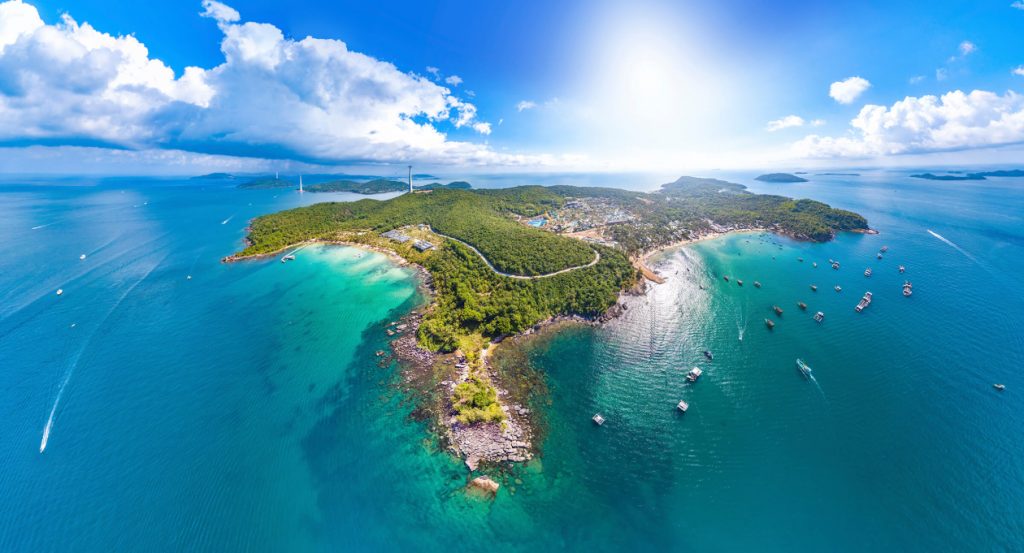
Phu Quoc is the largest and most western island in Vietnam, and it is located in the Gulf of Thailand not far from Cambodia. Even though Phu Quoc National Park, a vast tropical jungle covered in picturesque mountains, occupies more than half of the teardrop-shaped island, its numerous beaches continue to be its main draw. The two most renowned of them are Sao Beach, which is located on the southern end of the island and features palm trees, white sand, and breathtaking views, and Khem Beach (also known as “Cream Beach”), which is regarded as one of the best beaches in the world.
North Long Beach, which can be reached from most of the island’s hotels, is the place to go if you want affordable lodging and a lively, touristy atmosphere. Plan a trip soon to Phu Quoc to take in its natural beauty because it has recently come under more threat from development and overtourism.
Da Nang
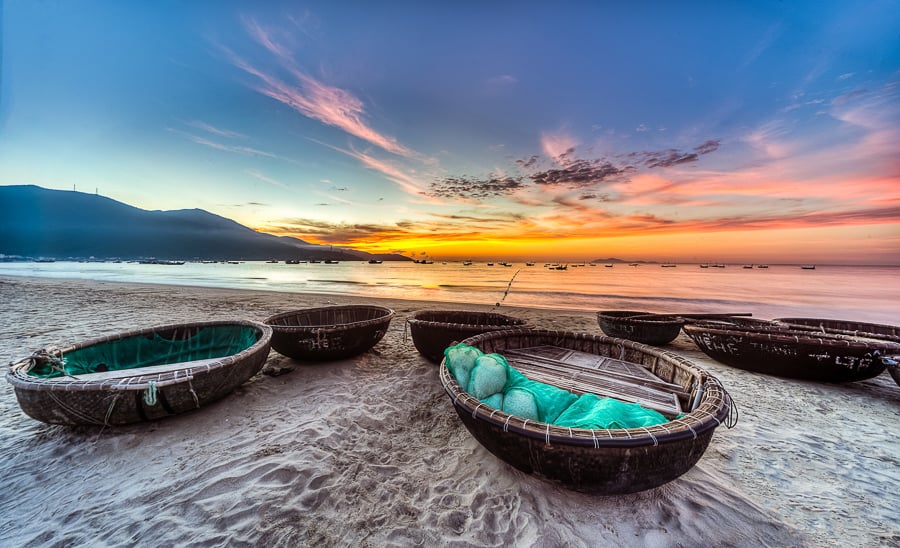
Vietnam’s third-largest city, a former French colonial port on the country’s central coast, is also home to some of the region’s top beaches. And it has something for everyone, from the crowded beaches close to the city to the more remote locations for those looking for adventure.
The nearest beach to the city center and a well-known destination for surfing, snorkeling, and jet-skiing is My Khe Beach, which is open to water sports enthusiasts. For those who would rather have some privacy, a motorbike can take them to the undeveloped Tien Sa Beach on the north side of the Son Tra Peninsula. The breathtaking Phong Nha-Ke Bang National Park, Caves, a UNESCO World Heritage Site, and Son Doong, the largest cave in the world, are among the further attractions in the area.
Nha Trang
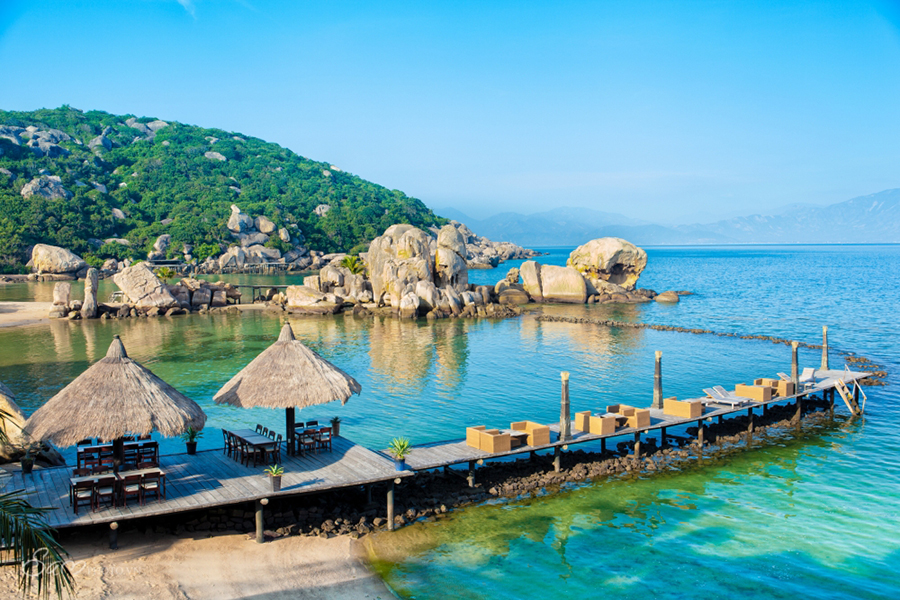
Although tourism and urbanization have significantly altered the city’s landscape recently, it once had some of the most stunning beaches in the entire world. Even yet, the region still has a handful of pristine, well-maintained beaches and islands that are worth visiting.You may discover the famous bay vista at the city’s main beach, also known as Nha Trang Beach or City Beach, where there is also a respectable-sized throng at prime time. Check out the beaches on the adjacent group of islands, such as Hon Lon and Hon Tre, which are home to the garish but well-liked resort Vinpearl, for more isolated options.
Doc Let
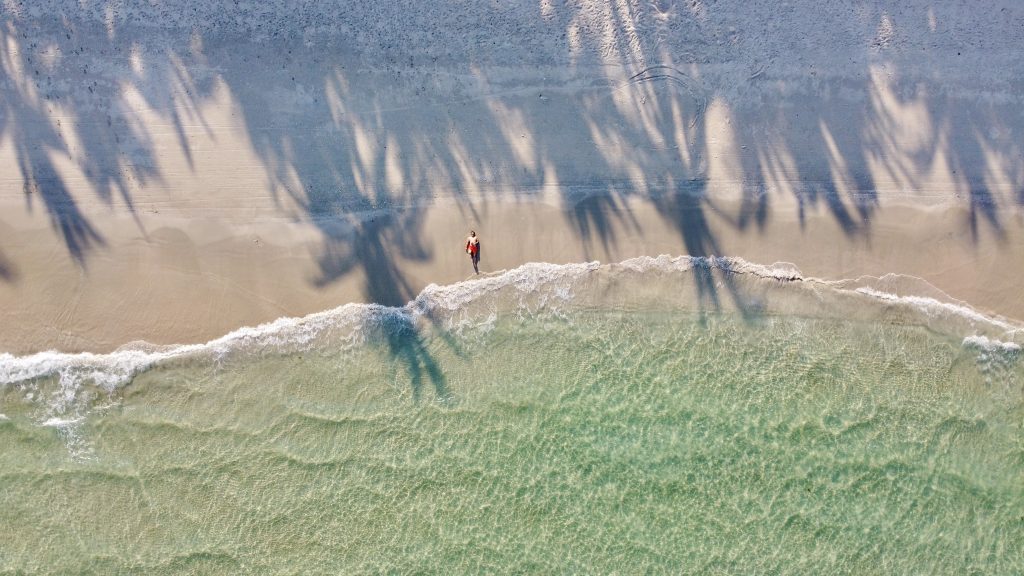
Doc Let is a short one-hour drive from Nha Trang and boasts approximately 11 kilometers of chalk-white beaches and blue waters. The majority of the beach resorts and hotels are located on the north part of the picturesque bay, which is popular with tourists. While there are some unspoiled shorelines in the central region, the Hyundai shipyard and the bustling port area should be avoided.Last but not least, the southern region of Doc Let, also known as Jungle Beach, is a well-known backpacker destination encircled by fishing communities. Be aware that Doc Let is primarily made up of family-owned businesses that offer cuisine, kayak rentals, and lodging, making it less developed overall than Nha Trang. Ninh Hoa is the city closest to you.
Ho Coc
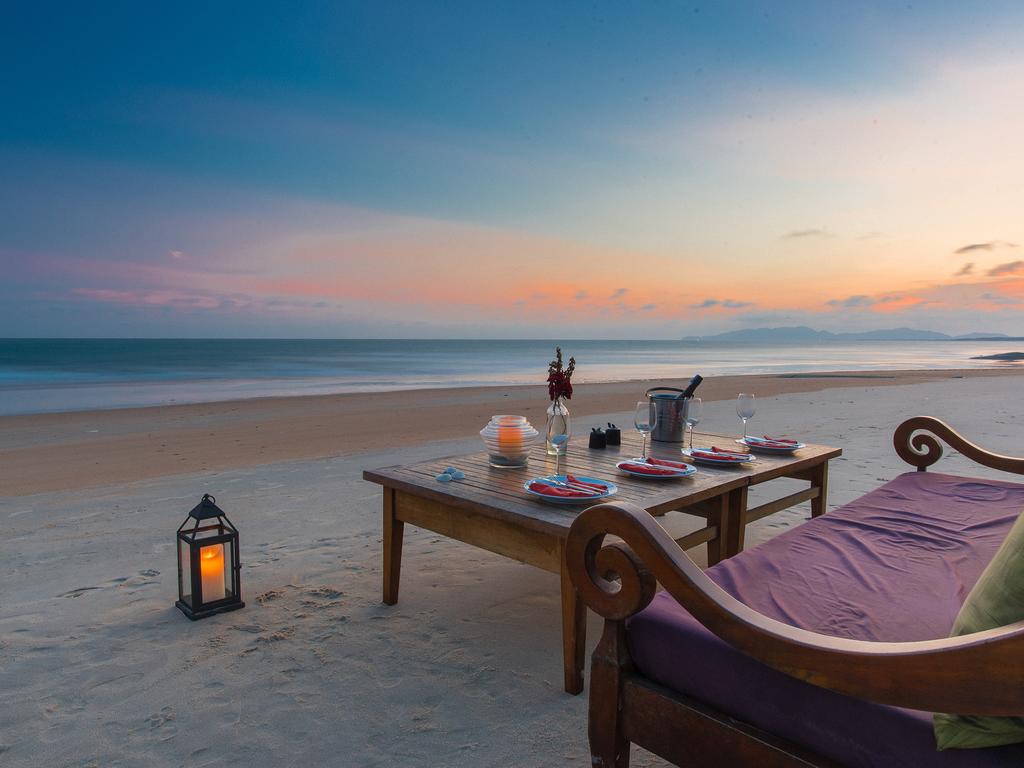
If you have a car, use the recently constructed road to leave Saigon and travel to the lesser-known Ho Coc Beach on the stunning eastern coast. The beach is situated in a curved bay and is surrounded by sand dunes and trees in the Ba Ria-Vung Tau province, north of the Ho Tram hamlet. Despite the fact that there are a number of hotels and resorts nearby, the region remains largely undiscovered by tourists. Instead, it is home to many local seafood stands and beach chair rental shops.
Mui Ne
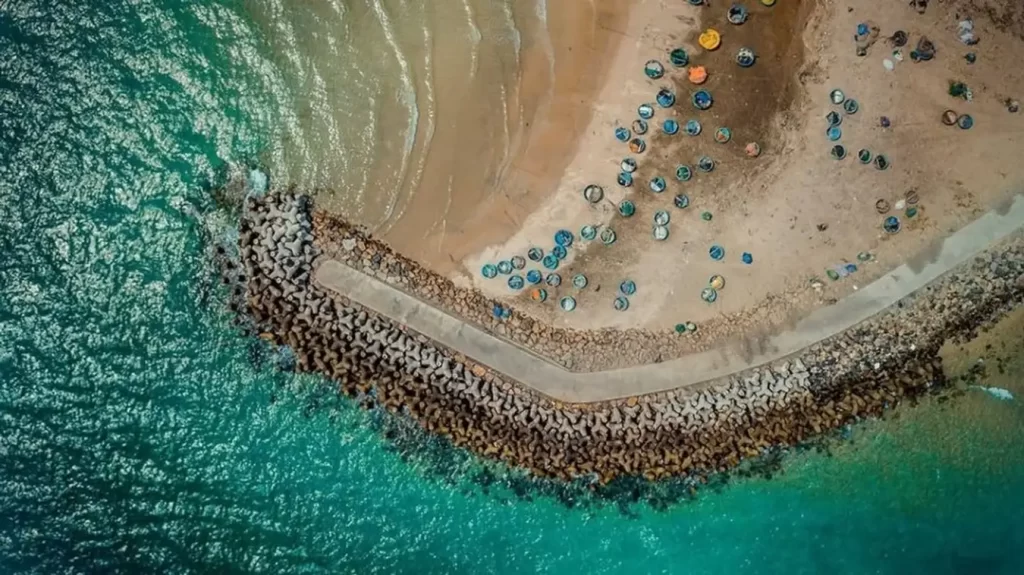
A short distance from Saigon’s bustle, the region known as Mui Ne is famed for its coastline and other natural attractions. However, it also comprises parts of the cities of Phan Thiet and Ham Tien. The White Sand Dunes and Red Sand Dunes, which are well-known for sand-surfing and even hot-air balloon tours, set Mui Ne apart from other little fishing towns with beaches that can compete with those on this list.However, the most well-known stretch of beach in the Mui Ne region is actually just a 15-minute drive away in the Ham Tien ward, which is also home to the bizarre Suoi Tien, or “Fairy Stream,” famous for its cemented sand.
Ly Son

The secluded Ly Son Island, off the coast of central Vietnam, is a collection of volcanic craters that isn’t yet well-known to tourists. The two main islands, Dao Lon and Dao Be, don’t have as many palm trees and beach resorts; instead, you’ll find many unique geological formations, more than 50 temples and shrines, and internationally renowned garlic and seafood. Garlic farms, which can be smelled from miles away, occupy a large portion of the Dao Lon, but the famed To Vo arch (seen above) opens up to crystal-clear waters and fossil reefs.
Take a 15-minute ferry to the little island of Dao Be, also known as An Binh, if you have the time. From there, you may swim off the coast and take in the underwater scenery of multicolored reefs and seaweed beds.
Hoi An
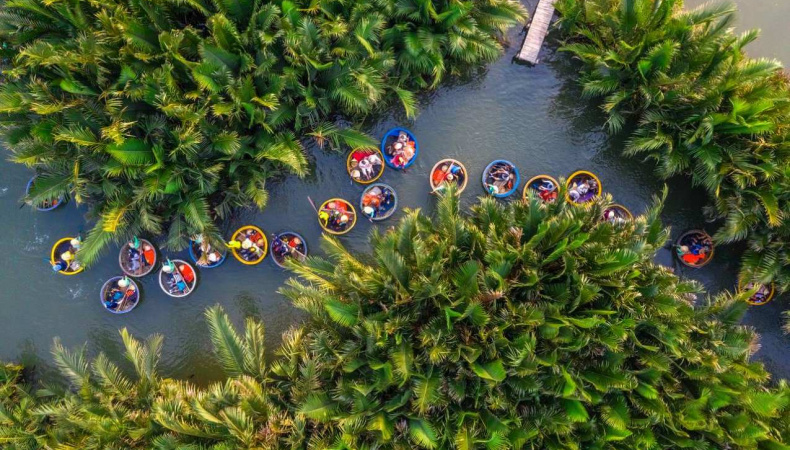
Hoi An, a city in Central Vietnam that dates back to the 15th century, is a popular tourist destination. Its well-preserved architecture reflects its past as a commercial port with influences from the French, Chinese, and Japanese. Discover the historic ruins of the former Islamic Champa kingdom nearby.
Make time to visit the neighboring Cua Dai Beach, where three significant rivers join before reaching the sea, after exploring the Ancient Town, a UNESCO World Heritage Site. Traditional visitors were those looking for a getaway, but more people and a variety of dining and drinking alternatives have been drawn by recent resort expansions.
The Cham Islands, a collection of eight unspoiled islands off the coast of Hoi An, are the city’s underappreciated jewel. The spectacular variety of vegetation and marine life, which includes more than 200 different species of fish, has earned the Cham Islands recognition as one of the world’s biosphere reserves by UNESCO. Swim at Chong Beach on the main island of Hon Lao, then head up to Bac Beach to see the natural caves.




